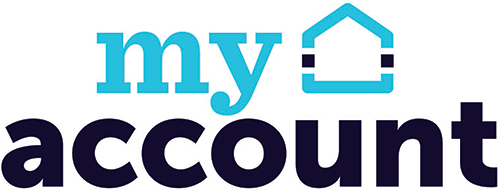 Wednesday, November 17th, 2021 is GIS (Geographic Information System) Day! Did you know KU is 1 of the first 10 utilities worldwide to implement the Utility Network in GIS into our work systems? The Utility Network maps out all of our infrastructure – electric lines, water mains, circuits, etc. So why does this matter? Having this technology in place allows us to locate and respond to power outages and water main breaks quicker and more efficiently. GIS is power!
Wednesday, November 17th, 2021 is GIS (Geographic Information System) Day! Did you know KU is 1 of the first 10 utilities worldwide to implement the Utility Network in GIS into our work systems? The Utility Network maps out all of our infrastructure – electric lines, water mains, circuits, etc. So why does this matter? Having this technology in place allows us to locate and respond to power outages and water main breaks quicker and more efficiently. GIS is power!
Be sure to check out this guided tour of Kaukauna Utilities, created by our internal GIS guru, Kayla Coonen, using GIS software!
GIS FAQ:
What is GIS?
A geographic information system (GIS) is a system that creates, manages, analyzes, and maps all types of data. GIS connects data to a map, integrating location data (where things are) with all types of descriptive information (what things are like there). Hundreds of thousands of organizations in virtually every industry are using GIS to make maps that communicate, perform analysis, share information, and solve complex problems around the world.
How does KU utilize GIS?
Over the last decade, KU has been working towards full implementation of GIS within our operations and fieldwork. With the help of surveying and GPS, all of our overhead powerlines, as well as underground cables, have been mapped. We are now able to keep more extensive records of when projects were completed, when utility assets were replaced, and what type of material we have in the community.
GIS has also been helpful to keep track of customer information. If your meter is not receiving data, there could be an outage detected. We can use GIS and our Outage Management System (OMS) to see what source is feeding your house electricity.
In 2021, implemented the Utility Network in GIS. A utility network is designed to map out all of the components that make up your system – such as wires, pipes, valves, devices, and circuits – and allows you to build real-world behavior into the network features you model (i.e. modelling water main breaks, putting a substation out of commission, switching procedures, outages, etc.).
Recently, KU has gone mobile with GIS. All of our mapped assets can be accessed via employees work phones or tablets. This allows for quick access (it can be used like google maps to bring you to the exact location of the issue).
How does GIS benefit KU customers?
With the implementation of GIS, customers will see quicker and more efficient response times on power outages and water main breaks. GIS also gives more accurate representations of what is underground for diggers hotline.
What are KUs future plans with the GIS software?
Our GIS database will start to include inspection reports used by both the water and electric department (i.e. hydrant flushing, street light inspections, cross-connection inspections, etc.). These reports/surveys allow us to maintain a better idea when routine assessments need to be completed, allow you to pull up previous years inspections on-site/in the field, and move us to paperless processes.



